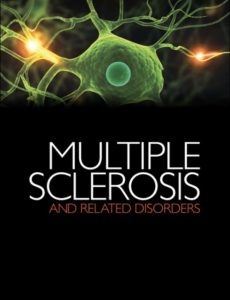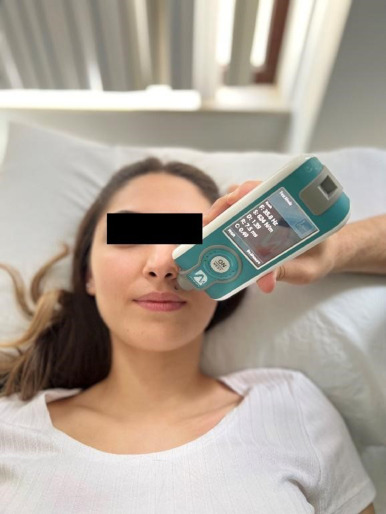Publications

The comparison of tone and viscoelastic properties of superior orbicularis oris muscle in multiple sclerosis patients to healthy individuals
Authors: Begumhan Turhan 1, Tuba Maden 2, Cagtay Maden 3
Affiliations:
- Hasan Kalyoncu University Faculty of Health Sciences Physiotherapy and Rehabilitation Department, Turkey
- Gaziantep University, Faculty of Health Sciences Physiotherapy and Rehabilitation Department, Turkey
- Gaziantep Islamic Science and Technology University, Faculty of Health Sciences, Department of Physiotherapy and Rehabilitation, Turkey
Journal: Multiple Sclerosis and Related Disorders - September 2022, Volume 65, Article no. 103983 (DOI: 10.1016/j.msard.2022.103983)
-
Field & Applications:
- Medical
- Neurology
- Neurodegenerative disorder
- Orofacial muscles
- Validity
Background: The orbicularis oris muscle is an important muscle for oral perception in mouth and swallowing rehabilitation. The muscle can be affected in patients with multiple sclerosis for many reasons. It is important to understand the quantitative changes in this muscle to determine the many problems associated with the cranio-facial region in multiple sclerosis. Therefore, this study aimed to compare the mechanical properties of the orbicularis oris muscle between MS patients and healthy individuals.
Methods: A total of 55 individuals (28 with multiple sclerosis and 27 healthy) who met the inclusion criteria were evaluated. The tone and viscoelastic properties (elasticity and stiffness) of the superior orbicularis oris muscle of both groups were evaluated bilaterally in the supine position with the MyotonPRO® (Myoton AS, Estonia) device. The reference point of the muscle is accepted as the right and left paramedial philtrum dimple.
Results: It was observed that there was no difference in terms of stiffness values of the right and left orbicularis oris muscles of both groups (p>0.05). The tone and the elasticity of the muscle on both sides were higher in the HI group than MS group (p<0.05).
Conclusion: We think that the orbicularis oris muscle has a central location in the facial region, and that this muscle may be the key muscle for the symptoms arising from many neurological mechanisms. The decrease in muscle tone and elasticity may be the beginning of the changes in MS patients. We believe that the data from this muscle will be useful for comparative studies.

Fig. 2. Evaluation of the mechanical properties of the superior orbicularis oris muscle.
Keywords: multiple sclerosis, orbicularis oris muscle, muscle tone, mechanical properties
In this study, we compared the tone, stiffness, and elasticity of the superior orbicularis oris muscle between MS patients and healthy individuals who met our inclusion criteria. We think that the orbicularis oris muscle has a central location in the facial region, and that this muscle may be the key muscle for the symptoms arising from many neurological mechanisms. The decrease in muscle tone and elasticity may be the beginning of the changes in MS patients. We believe that the data from this muscle will be useful for comparative studies. However, we should also state our experience that the data related to the viscoelastic properties of muscles is very variable and cannot be generalized in disease conditions or even in healthy individuals. The results never seem consistent for any muscle. Each situation of the muscle is evaluated in its current conditions. Briefly, myotonometric measurements of the muscle give results in terms of current conditions, muscle position, inclusion criteria, and the inner structure of the muscle.


